Think you’re careful with your spending? You might be surprised to learn how everyday items could be silently draining your bank account.
Small, seemingly insignificant purchases can accumulate and seriously impact your finances over time. From routine convenience buys to unnoticed monthly subscriptions, these everyday expenses often go under the radar but add up quickly.
We’ve identified common expenses that could be quietly sabotaging your savings. By highlighting these budget busters, our goal is to help you spot where your money might be slipping away and provide tips for cutting back to boost your financial health.
1. Subscription Boxes
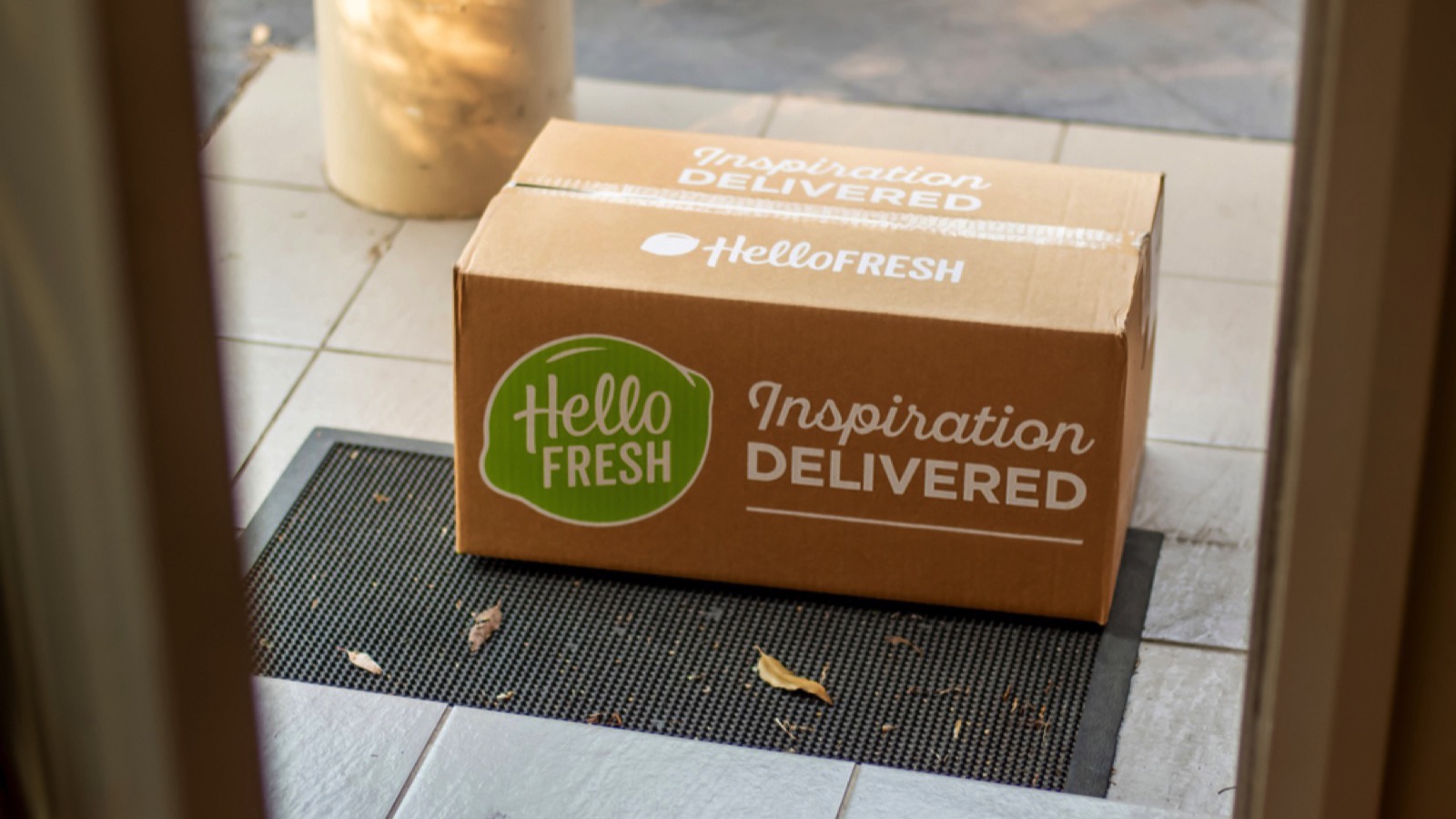
Subscription boxes, which deliver curated items to your door monthly, can be fun but expensive. Many people end up with items they don’t need or use. Canceling these subscriptions can free up extra cash for more essential purchases.
2. Car Washes

Regularly paying for car washes can add up quickly. Washing your car at home is much cheaper and can be just as effective. Plus, it’s a great way to get some exercise and fresh air.
3. Fast Fashion

These days, we’re constantly bombarded with new fashion trends and must-have items. But buying all these clothes can get expensive quickly – mainly since many fast fashion brands use cheap materials that don’t last long. Instead of constantly shopping for new clothes, try shopping at thrift stores or investing in higher-quality pieces that will last longer. Don’t be afraid to mix and match what you already have in your closet with new purchases. It’s all about finding your unique style without breaking the bank.
4. Specialty Grocery Items

Specialty grocery items, like exotic fruits or gourmet snacks, often come with high prices. Sticking to basic, everyday foods can help reduce your grocery bill without sacrificing nutrition or taste.
5. Gym Memberships

Gym memberships can be expensive, and honestly, many of us don’t go as often as planned. You can exercise without spending money by doing workouts at home or running outside. There are loads of free exercise videos online, too. By skipping the gym fee, you keep fit for free and save money you’d otherwise spend on a membership you barely use.
6. Branded Groceries

Branded groceries often cost more just because of the name on the package. The cheaper, store-brand items usually taste the same or even better. When you buy these no-name brands, you’re paying for the food, not the fancy label. By choosing them over the big names, you can save a good chunk of money on your grocery bill without giving up quality.
7. Designer Clothing and Accessories

Designer clothes and accessories come with a hefty price tag. While they may look nice, you can find similar styles at a fraction of the cost from non-designer brands. Opting for more affordable options can save a lot of money while still keeping you fashionable.
8. Takeout Meals

Ordering takeout meals is tempting, especially on busy days. But doing it often can quickly drain your money. Cooking at home is way cheaper and can even be fun. You don’t need fancy recipes – simple dishes do the trick and save you lots. Plus, leftovers are great for lunch the next day. You’ll cut costs and maybe discover a new hobby in cooking!
9. In-App Purchases

Sometimes, those flashy ads and extra features get to our heads, and we spend money on in-app purchases without even realizing it. Before making any purchase, ask yourself if you really need it or if it’s just a temporary desire. You should consider making the purchase only if it will benefit you or enhance your experience. Otherwise, save that money for something more worthwhile.
10. Lottery Tickets
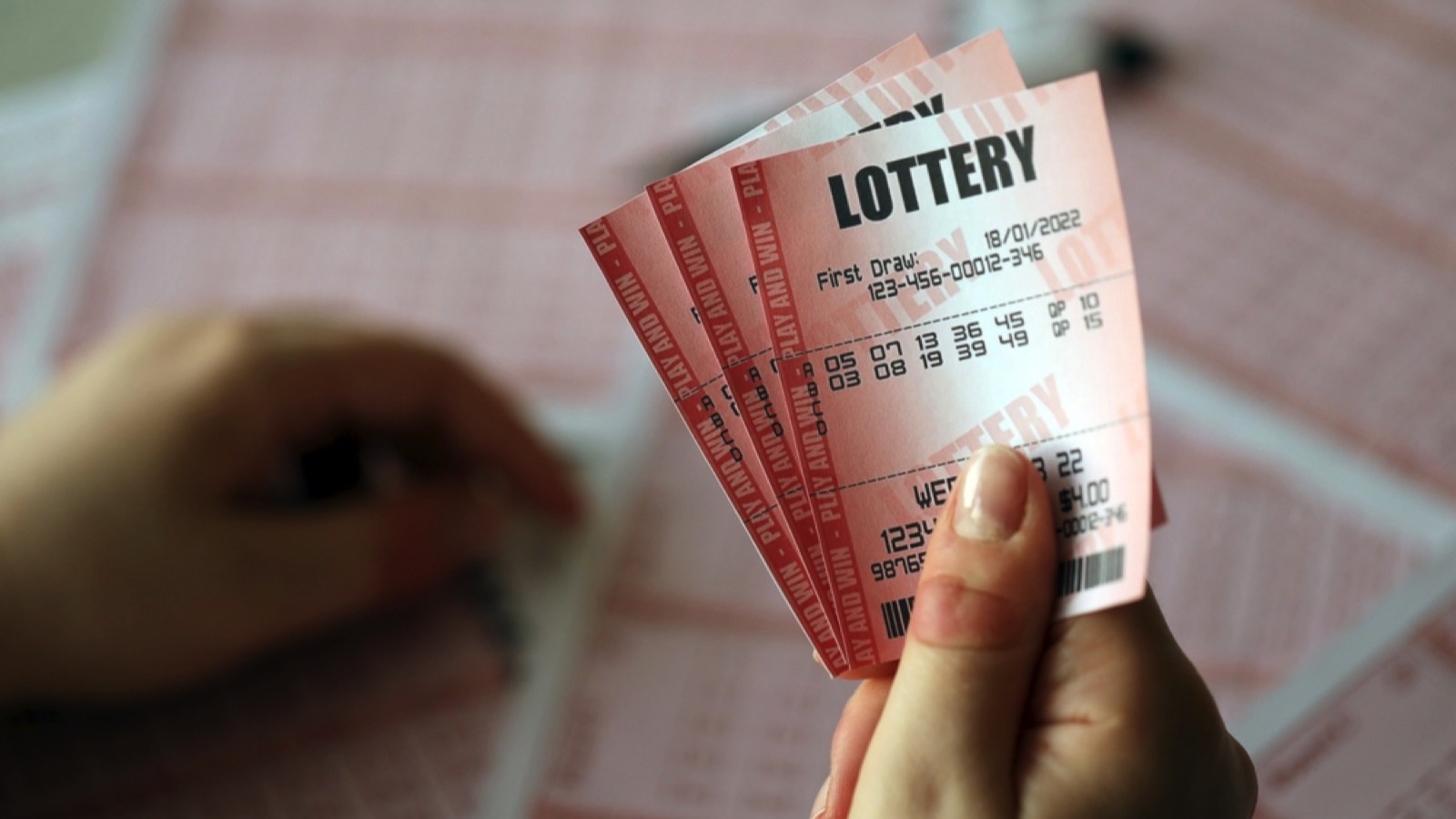
Lottery tickets are next up on the list of things to avoid spending your money on. The chances of winning are incredibly slim. It’s throwing your money away for a slight chance at a big payout. Instead, consider investing that money or putting it towards something you need or want. It may not be as exciting as winning the lottery, but it’s a more practical use of your money.
11. Energy Drinks

Energy drinks might seem like a quick way to boost your energy, but they can cost quite a bit if you buy them often. Plus, they’re not the healthiest choice. Drinking water, getting enough sleep, or having a healthy snack like fruit can give you natural energy without spending extra money. Choosing these healthier options helps your body and wallet feel better in the long and short run!
12. Bottled Water

Bottled water seems cheap, but buying it often really adds up. If you grab a bottle or two every day, that’s a lot of money each month. Plus, tap water is usually just as good and way cheaper. Using a reusable water bottle can save a bunch of cash and help the environment, too.
13. Daily Snacks

Have you considered making your own homemade snacks? They are not only cheap but also healthy. With some planning and preparation, you can have delicious snacks ready without breaking the bank. Plus, homemade snacks often have fewer preservatives and additives than store-bought options. So, explore your cooking skills and save money while nourishing your body.
14. Unused Streaming Services

We all have those streaming services that we signed up for and never use. Look at your monthly subscriptions and get rid of the ones you don’t use – that extra $10 or $15 per month adds up quickly. Instead, stick to one or two services that you enjoy and make the most out of your money. Only choose the ones that you know you’ll use regularly.
15. Premium Gasoline

Not every car requires premium gasoline. Most don’t. Check your car’s manual to see what type of gas it needs, and save yourself some money at the pump. Why waste so much money on fancy fuel when your car doesn’t need it? Do your research and only buy what is necessary for your car’s engine.
16. Eating out for Lunch

Eating out for lunch every day can get expensive quickly. It might seem easier than making your lunch at home, but it adds up. When you prepare your lunch, you can save a lot of money. Plus, homemade lunches can be healthier, too. When you make your lunch, you control what you eat and keep more money in your pocket.
17. Impulsive Buys

This is the most common trap we all fall into—the urge to buy something on a whim. Any item—big, small, cheap, expensive—can tempt us into the trap. It’s important to identify and avoid impulse buying, as it can quickly add up and wreak havoc on your budget. Before making any purchase, consider whether you really need it or if it’s just an impulsive desire. Simply walking away from the item and giving yourself time to think can help you avoid unnecessary purchases.
18. Extended Warranties
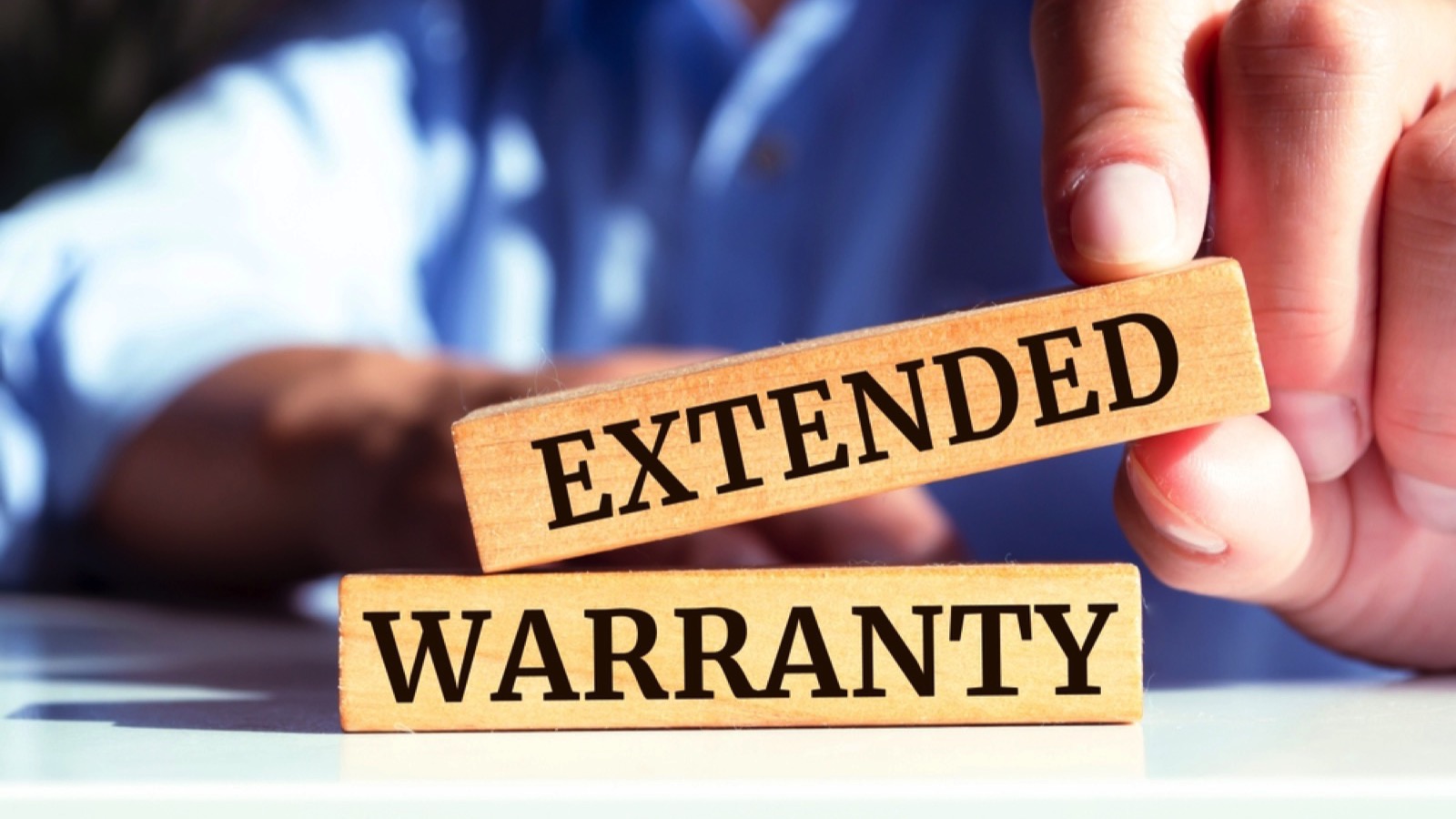
Extended warranties are like extra insurance for things you buy, like electronics or appliances. They sound helpful because they promise to fix or replace your item if it breaks. But they can be pretty expensive. And often, the product doesn’t even break during the warranty period. You’re usually better off saving that money than buying the extended warranty – it’s generally not worth the extra cost.
19. Magazine Subscriptions

Magazine subscriptions can add up to much money over time, especially if you subscribe to several. The good news is that most of the content found in magazines can also be found online for free. Skipping subscription renewals and searching for similar stuff online lets you stay on top of your favorite topics without spending much. It’s a clever hack to keep informed and save some bucks.
20. Brand Name Medications

There is almost no difference between brand name and generic medications, yet the price difference can be significant. In fact, the FDA requires generic drugs to have the same active ingredients as their brand-name counterparts, meaning they are just as effective. Don’t be fooled by fancy packaging or marketing tactics. Save yourself some money and opt for the generic version of your medication.
21. Greeting Cards

Greeting cards can be surprisingly expensive, especially if you buy them for every occasion. Consider making your own cards or sending digital greetings. It’s a personal touch that can also save you money.
22. Fancy Kitchen Gadgets
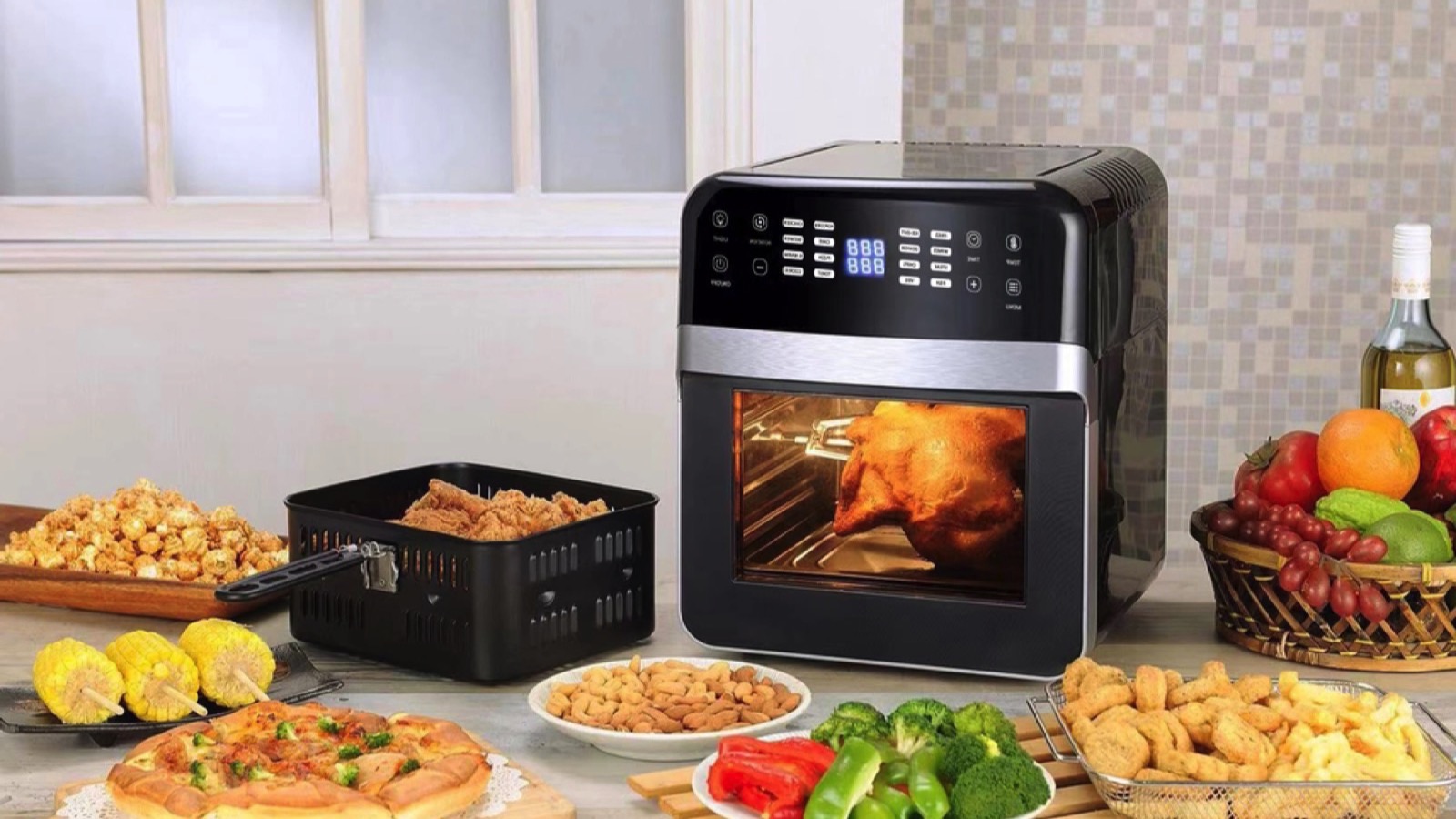
Fancy kitchen gadgets, like high-end blenders or specialty cookware, can be expensive and often aren’t necessary for everyday cooking. Investing in a few versatile, high-quality tools can be more cost-effective and just as efficient.
23. High-End Smartphones

High-end smartphones can be costly. The thing is, most of us don’t use half the fancy features they come with. Plenty of affordable phones do everything we need, like calling, texting, and using apps. By choosing a less expensive model, you save a lot of money and still stay connected with everyone. It’s all about finding what works for you without breaking the bank.
24. Cable TV Subscriptions

Cable TV subscriptions can be pricey, especially when you add up the monthly cost. Honestly, many of us don’t even watch all those channels. Nowadays, cheaper options like streaming services allow you to choose precisely what you want to watch and pay less. Cutting the cable saves a lot of money and lets you pick your favorite shows without paying for extras you don’t use.
25. Pre-cut Fruits and Vegetables
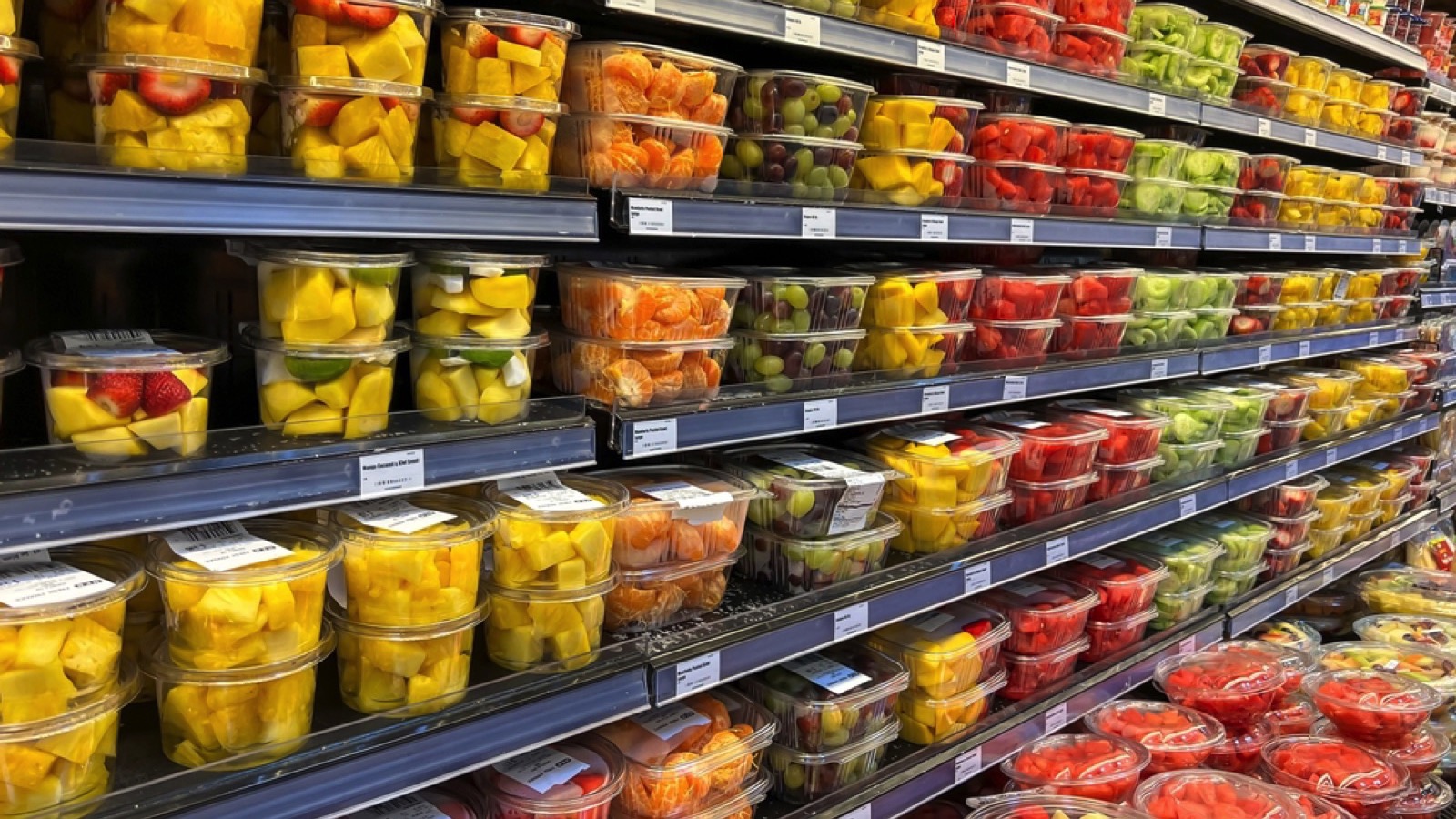
Buying pre-cut fruits and vegetables is super convenient, but it costs more than buying them whole. When you take a little time to cut them yourself at home, you save money. Plus, whole fruits and veggies often stay fresh longer, giving you more bang for your buck. It’s a simple change that adds up to significant savings and fresher food on your table.
26. Coffee To-Go

Getting coffee to-go is super convenient, but it’s also a sneaky way to spend a lot of money. Imagine paying $3 to $5 for your morning coffee every day. That adds up fast over a month! Making coffee at home costs a fraction of that price. Plus, you can make it just how you like it. You’ll save money and still enjoy your daily caffeine fix.
27. Convenience Store Purchases
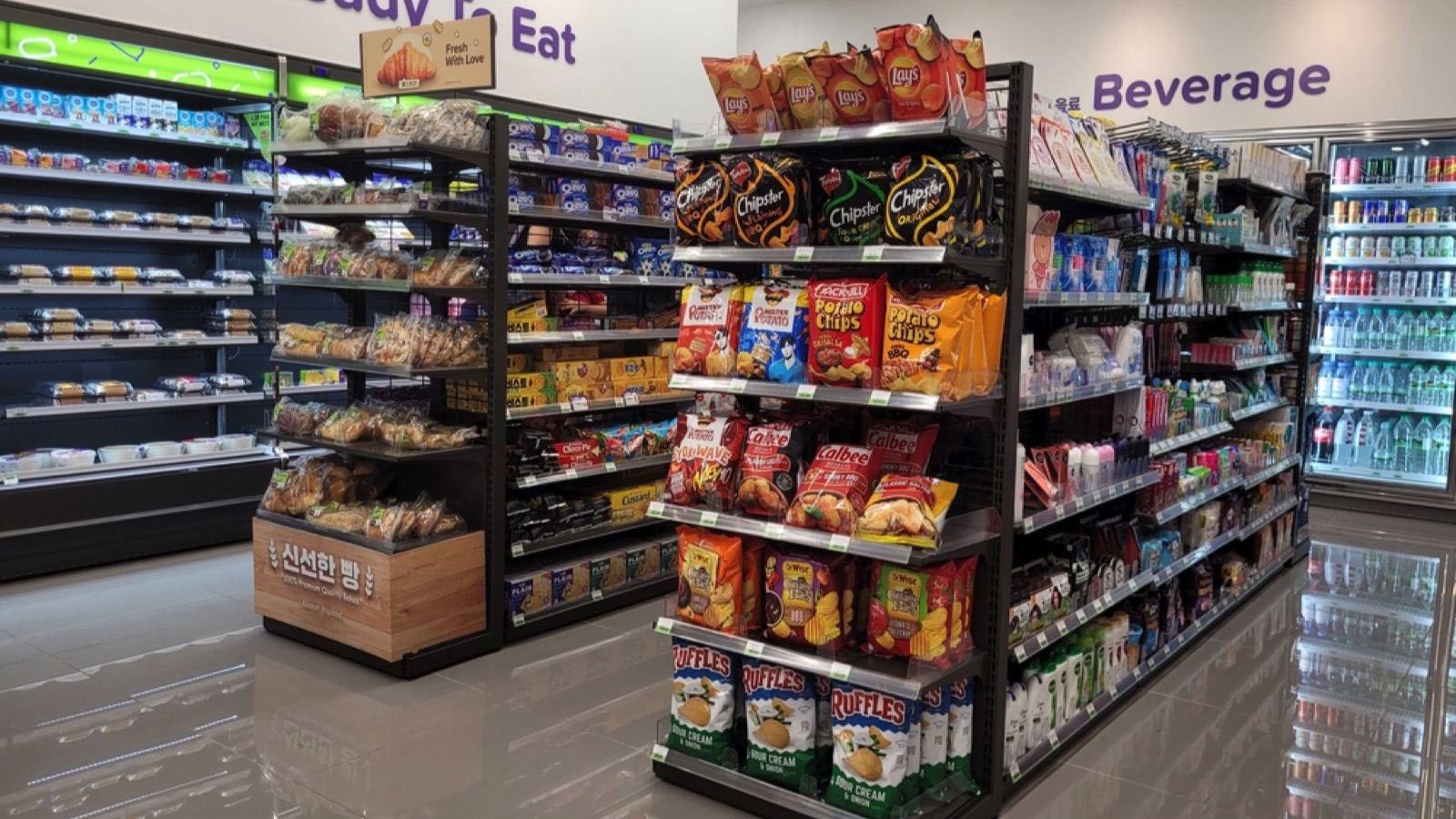
Convenience stores are convenient, but their prices are often higher than grocery stores. Planning ahead and buying snacks and drinks in bulk can save money and reduce the need for last-minute convenience store trips.
28. High-Interest Credit Cards

Credit cards are both a blessing and a curse. They can make life easier but can also lead to debt if not used wisely. High-interest credit cards can quickly accumulate interest and leave you a hefty bill. Consider transferring your balance to a lower-interest card or paying off your high-interest card as soon as possible. This will save you money in the long run. Do your research and find a credit card with the lowest interest rate and most benefits that suit your needs.
Surviving the Crash: 17 Hot Takes on Crypto in a Post-Collapse World

With recent global unrest and economic uncertainties, many people are starting to worry about the stability of our money. They’re looking for new options like cryptocurrencies. Using digital money might sound strange, but it’s becoming more common. Big names like Bitcoin and Ethereum are leading the way. This article will look at how cryptocurrency could change things in a shaky economy. We’ll discuss the good and bad sides of using digital money. Get ready to learn about the crypto world and how it might affect our financial future!
24 Important Money Moves to Make Before a Crisis

We live in a world where our financial stability can suddenly take a hit, especially in times of crisis. These unexpected events can shake our finances and livelihood, whether it’s losing a job out of the blue, facing a natural disaster, or dealing with a global pandemic. Preparing and making wise money moves before the storm is the key to getting through these challenging times. We’ll look at some of the critical steps you can take now to safeguard your finances and shield yourself from future crises. So, let’s dive in together and start planning for a more financially secure future!
12 Money Mistakes That Can Leave You Vulnerable in a Crisis
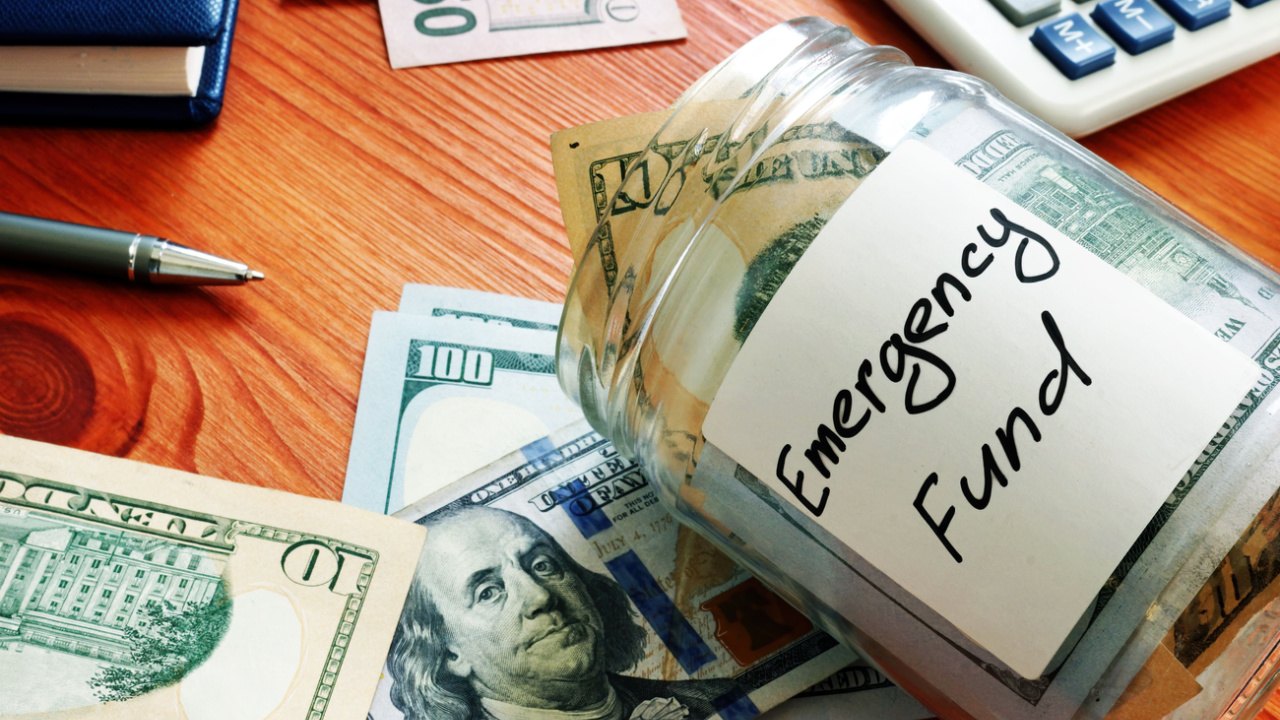
In times of uncertainty, financial stability is more crucial than ever. While prepping for physical emergencies is vital, don’t overlook financial prepping. Avoiding these common money mistakes can help make sure you’re in a stronger position to weather any storm.

